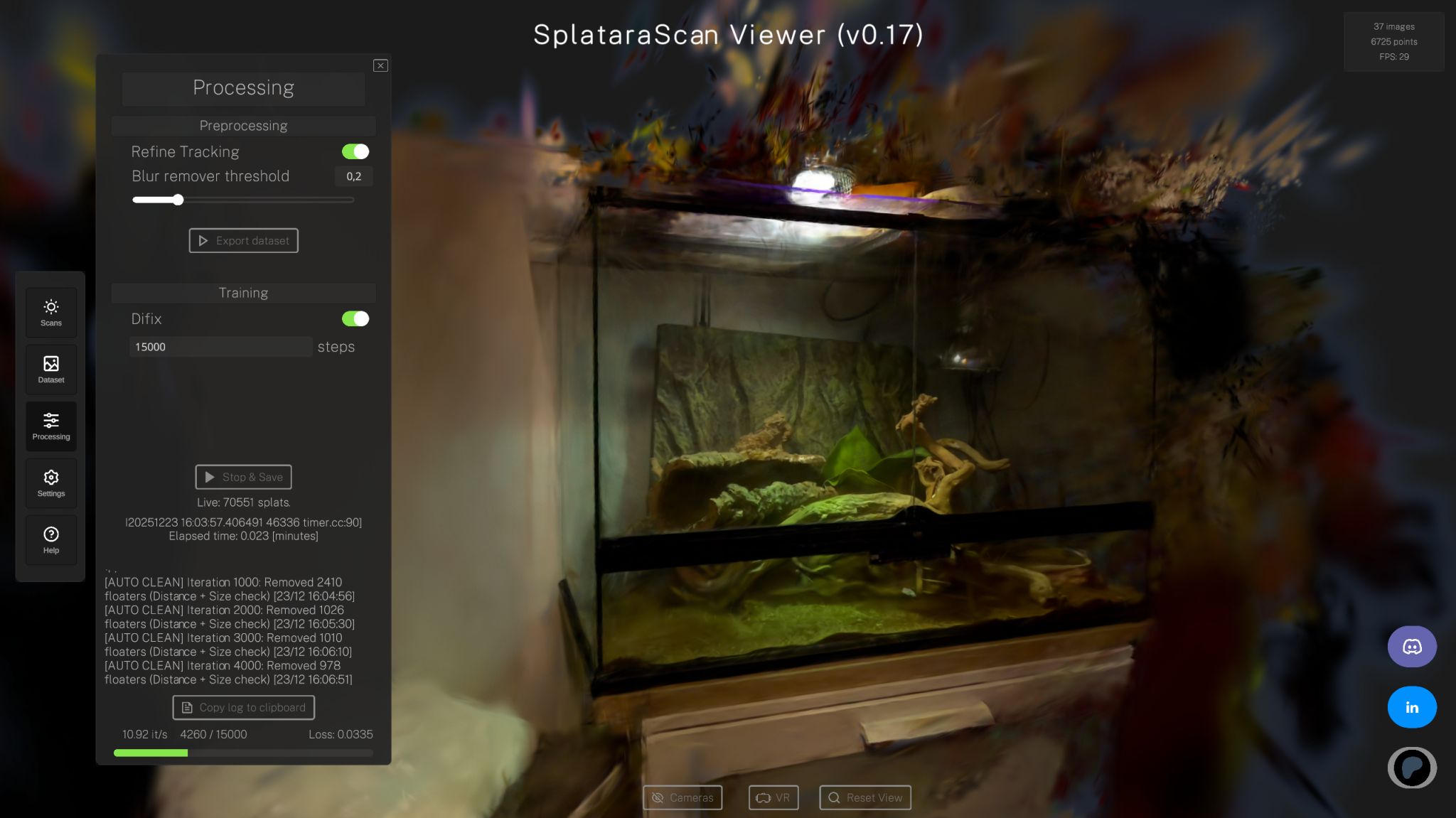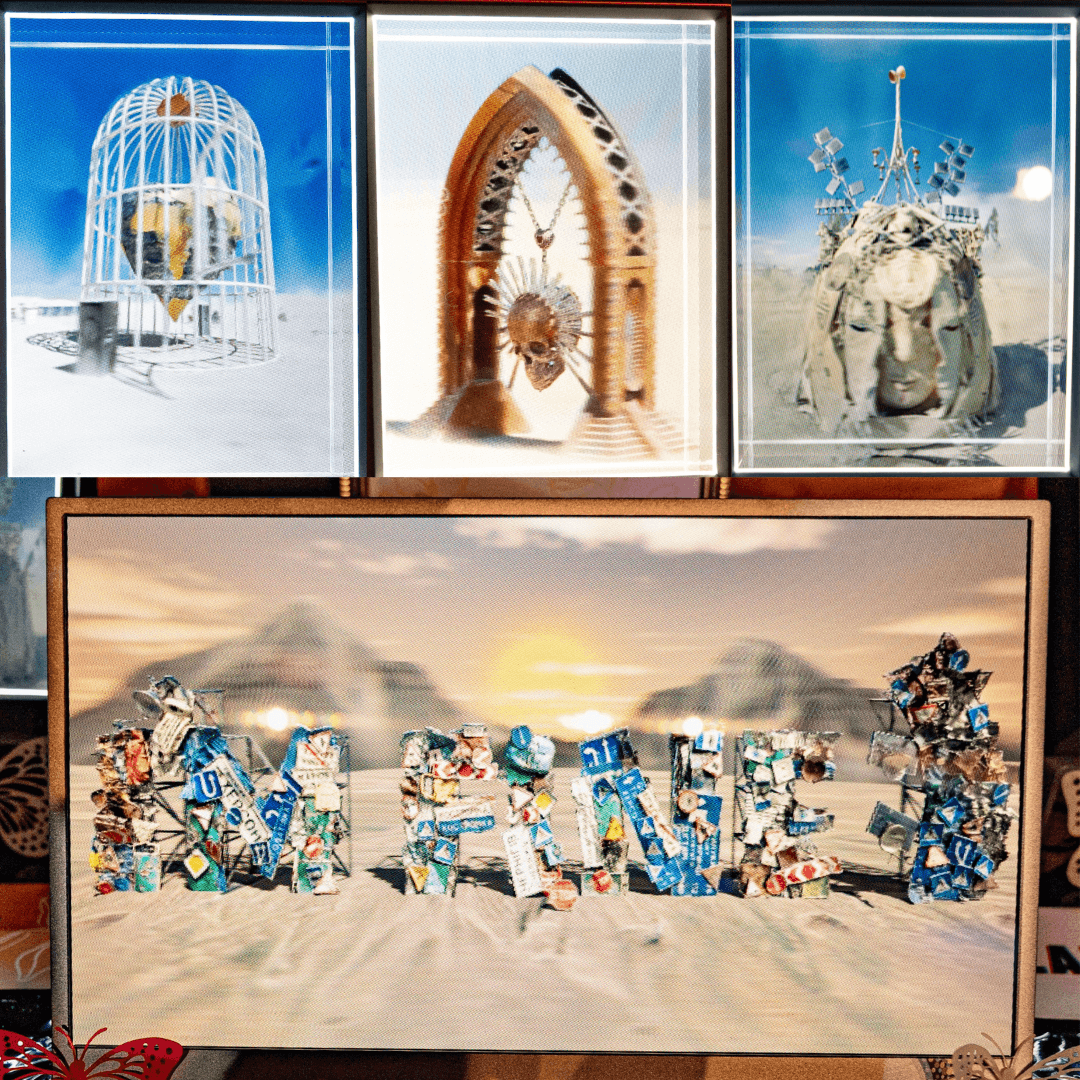
Michael Rubloff
Jul 11, 2025
The krpano viewer, long known for its immersive 360° and VR capabilities, has just added a major new feature to its latest release: full support for 3D Gaussian Splatting. With version 1.23, krpano becomes one of the first panoramic viewers to natively render gaussian splatting, opening the door to fast, high fidelity playback of radiance fields directly in the browser.
krpano introduces a custom built Gaussian Splatting engine with several innovations under the hood, designed to address some issues that show up during wide field panning and zooming.
“When I first tested various 3D Gaussian Splatting tools, I quickly noticed strange artifacts when increasing the field of view,” krpano’s developer writes. “That felt both unacceptable and limiting for the actual usability of Gaussian Splats.”
Rather than relying on the traditional Jacobian projection approach, krpano uses a novel alternative perspective projection. While still technically an approximation, this method significantly improves visual stability. This can readily been seen when navigating scenes with large splats or extreme FOV.

The update includes a dedicated interactive viewer where users can load their own splat files, adjust camera settings, and create custom camera paths. Additionally, users have a way to view captures in VR. A built in XML toolset lets creators scale, rotate, reposition, and inspect splat models in real time.
krpano also introduces several visualization modes that reveal floaters, transparency levels, and overdrawing. These tools make krpano one of the most user friendly platforms yet for debugging and tuning Gaussian Splatting models. I was sent this demo from 360images.fr, comparing the different Postshot profiles, which is super helpful on evaluating on a one to one basis the difference in approaches.
Models also load quickly with minimal CPU usage. Splats are streamed directly to GPU memory for stable, low latency playback. The new engine also supports custom GLSL shaders. This enables dynamic effects like light changes, color shifts, intro animations, and other real-time manipulations of splat geometry. Artists and developers can now use Gaussian Splats as not just static reconstructions but as live, reactive media assets.
I have only had a short while to test out some of the capabilities, but this really feels like an excellent implementation that I think can immediately benefit creators and developers using gaussian splatting. I would strongly encourage people to check it out for themselves!
This release is free to access and test at their website.







